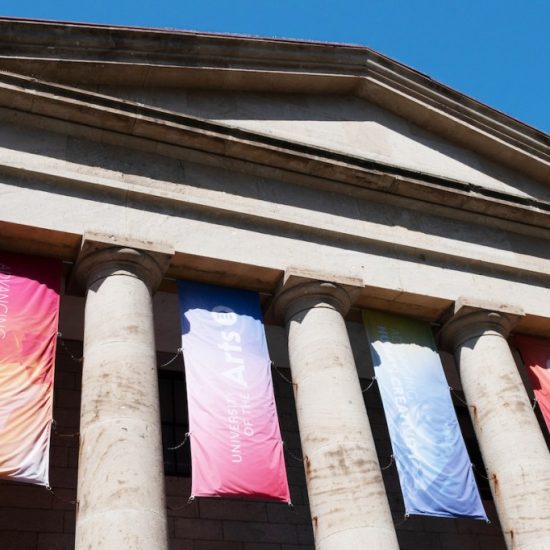The University of the Arts in Philadelphia lacks the funds legally owed to employees, according to union representatives for staff at the abruptly shuttered school.
Representatives from the institution’s staff and faculty unions said an impact negotiating session with the university’s associate vice president of human resources Caroline Tate and attorney Kristine Grady Derewicz was “insulting and insubstantial.”
Union officials told the Philadelphia Inquirer that Derewicz did not give them proposals on health insurance, severance, or other benefits during the meeting. Details on the school’s finances were also not given, with the Inquirer reporting that such information “does not exist.”
Related Articles

The Philadelphia arts institution was founded in 1876 and is commonly known as UArts. Union officials said in a statement that the school “lacks the cash flow to comply with laws requiring 60 days of advance notice and pay before mass layoffs.”
On May 31, the university announced that it had lost accreditation with the Middle States Commission on Higher Education and that it would not offer classes in the fall. The statement promised students they would be offered a “pathway” to other local institutions, including Temple University, Drexel University, and Moore College of Art and Design.
But on June 2, UArts announced that its trustees had approved the school’s closure the day before and that the shuttering would be permanent.
The Worker Adjustment and Retraining Notification Act (WARN) is the federal law which requires 60 days of advance notice and pay for mass layoffs by employers with 100 or more employees. As a result of the closure of UArts on June 7, 613 employees were laid off through a conference call. Nine of these employees also filed a class-action lawsuit.
President Kerry Walk resigned on June 4. She had only been in the position since April of last year.
“The University of the Arts representatives communicated their hope to maybe, if members are lucky, adhere to the university’s legal obligations,” Daniel Pieczkolon, president of United Academics of Philadelphia told the Philadelphia Inquirer. “Our members have been left to guess as to whether the university’s board and their hired guns from Alvarez & Marsal will develop any sense of their own finances and ongoing operations.”
Alvarez & Marsal is a global management firm hired by UArts’s board of trustees to manage its closure. However, the Philadelphia Inquirer reported that members of the firm told union representatives they did not consider determining the cause of the school’s sudden implosion to be a priority.
Alvarez & Marsal did not respond to an inquiry from ARTnews.
Walk said the abrupt closure of the school was due to a financial crisis. While Walk did not provide details on what triggered the financial situation or the amount of the shortfall, the Philadelphia Inquirer reported that a trustee said the school would have needed approximately $40 million to continue operating.
In response to UArts’s sudden closure, Pennsylvania state officials have asked for an investigation. A petition has also been started by union officials, who hope to gather enough signatures to ask the state’s attorney general to investigate.
Following the meeting on June 20, the Inquirer reported that no bargaining sessions between union officials and university officials have been scheduled.




